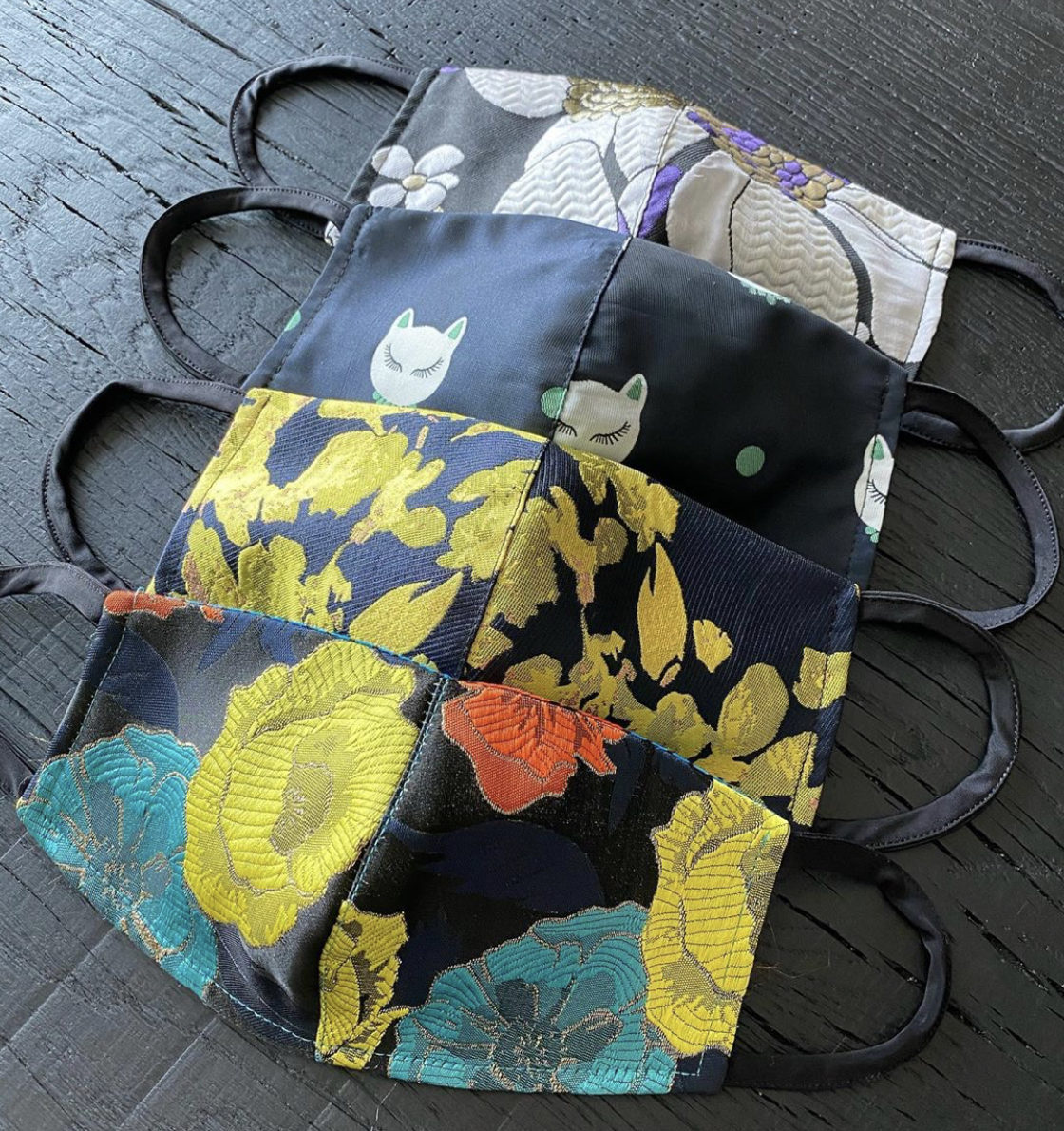
While the world deals with this pandemic, retailers are shutting their shops and encouraging customers to shop online instead. Yet buying new clothes now feels like a faraway dream, as many people are financially burdened by layoffs, pay cuts and expenses.
Retailers, designers and brands worldwide are wondering: What will consumers want to wear after being shuttered in their homes for months? How will they have the means to spend on fashion and luxury in an economy on the brink of collapse?
Will anyone even be concerned with fashion in the near future?
A report from Bain & Company predicts a contraction of 25-30 percent in the luxury sector.
But as the saying goes, necessity is the mother of invention, and fashion is no exception.
Some of the best designs in fashion were created in times of famine and war. Coco Chanel made couture pieces from scrap fabrics when materials were scarce after World War I. We have her to thank for freeing us from restrained corsets and giving us more comfortable and less expensive alternatives (at least during her time).
Likewise, the escapist fashion of the 1930s and 40s originated from an age of political upheaval and fabric rationing. Women then resorted to repairing and reusing, and creative remaking became a form of expression.
Switching direction
The pandemic is making the fashion industry step back, veer away from mass production, and switch direction. The emergency can hopefully bring about the sustainability movement that people have been advocating for years.
Given the level of clothing overproduction that preceded the crisis, it is hoped that our days indoors can bring about a change in how we look at fashion—adapting a mindset of “less is more” when it comes to our clothing choices.
Even Anna Wintour, who helps fuel fashion and luxury consumption in Vogue, seems to have had a change of heart. “I feel very strongly that when we come out at the other end—which we will do—that people’s values are really going to have shifted,” she told Naomi Campbell on the YouTube show “No Filter with Naomi.”
“I think it’s an opportunity for all of us to look at our industry and to look at our lives,” Wintour added, “and to rethink our values, and to really think about the waste, and the amount of money and consumption and excess. And I obviously include myself in this—that we have all indulged, and how we really need to rethink what this industry stands for.”
Once we’re allowed to finally step out of our homes, go back to work, and restore normalcy in our lives, will we double down on casual wear and athleisure after months of living in sweatpants and pajamas? Or will we try to forget our anxiety with dressier pieces?
Creative reinvention?
Like Christian Dior’s “New Look” designs following World War II, fashion post-COVID-19 (new coronavirus disease) could follow suit in the form of extensive color palettes, maximalist looks, exaggerated shapes and bold shoulders. But with many people experiencing financial setbacks, would the new aesthetic be “made-to-last” rather than “wear-for-an-occasion”? Would the new normal be creative reinvention, including wardrobe swaps and reselling?
This crisis may yet make consumers embrace a circular economy. In fashion terms, it would mean the wider acceptability of buying in the secondary market, which was frowned upon before COVID-19.
Perhaps brands will have smaller collections, unlike previous years when designers came up with Resort and Prefall collections, aside from seasonal Spring/Summer and Fall/Winter collections.
Having seen the risks of a global supply chain, some brands will invest in local manufacturing, creating new jobs and skills in the process.
The shift to more restrained, classic pieces will eventually give way to extravagance—just as the 2008 financial crisis made way for Alessandro Michele’s Gucci debut in 2015.
But before that happens, fashion shows will get an overhaul, as Fashion Weeks are predicted to be shorter, paving the way for creative digital presentations.
New must-have accessory
A health-care accessory more often seen on the streets around Asia and available even in convenience stores, the face mask will become a fashion accessory in a variety of colors and fabrics carried by international and local fashion brands.
And as public health continues to push its use postquarantine, expect to see the face mask more and more stylized in the coming weeks and months.
Virgil Abloh launched a cotton face mask for Off-White last Fall 2019, and it easily sold out.
Expect the face mask to have its own accessories drawer soon as the fashion-
conscious try to coordinate their mask with their outfit and/or bag. It’s going to be the new normal’s must-have accessory. INQEmail the author at frontrowedit@gmail.com

